We use cookies to make your experience better. To comply with the new e-Privacy directive, we need to ask for your consent to set the cookies. Learn more.
The Art Of Hanging Wall Art

We’ve all been there: standing on the living room floor, pencil and measuring tape in hand, staring at a sprawl of framed photographs and trying not to step on that lost nail you dropped while in the same spot yesterday.
Your photos are the keepers of your experiences and countless untold stories – it’s only right to give them the front-centre stage they deserve. But when planning that gallery wall you’ve been eyeing, consider some decorative dos and don’ts before getting started.
Once you’re inspired and ready to hang, take the first step with our variety of photo frames, canvases, and wall décor.
The top piece of advice every person needs to choose the perfect wall art is this: select what you like. If you see something and it does not foster feelings of enjoyment or relaxation, don’t put it on your wall. It is your home, your design, and your money being spent on wall art.
While it is common for family members to make compromises in selections, this definitely does not mean you need home décor that does not suit your style. You live in your home, so enjoy the pieces you have adorning your walls!

Whether you love mixing up your décor on a whim, or you can’t commit to a traditional gallery wall, you can’t go wrong with a display shelf or picture ledge. Both are perfect for showing off framed images and small objects that you can rearrange or swap out whenever the mood strikes.
Pro Tip: Want your pictures and art to stand out? Paint your shelf or ledge the same colour as your wall. Doing so will make what you display pop. Want to add a shelf or ledge over your sofa?
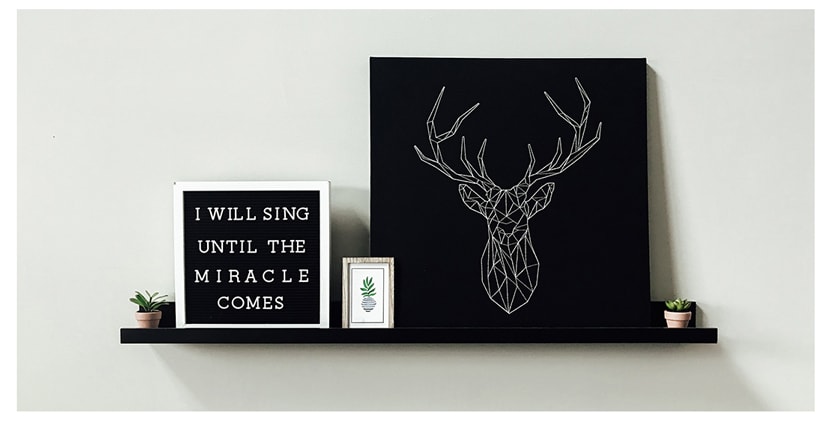

There’s nothing like personalizing your walls with a mix of vintage and contemporary family photos. Eclectic arrangements toss uniformity out the door with mismatched picture frames and an organic layout.
To find that perfect arrangement, experiment on the floor first. It’s one of the easiest ways to plan a gallery wall layout. Take pictures of your favourite groupings so you can pick the best one when you’re ready to hang.
Pro Tip: keep frames evenly spaced. It will keep your photo display from feeling crowded.
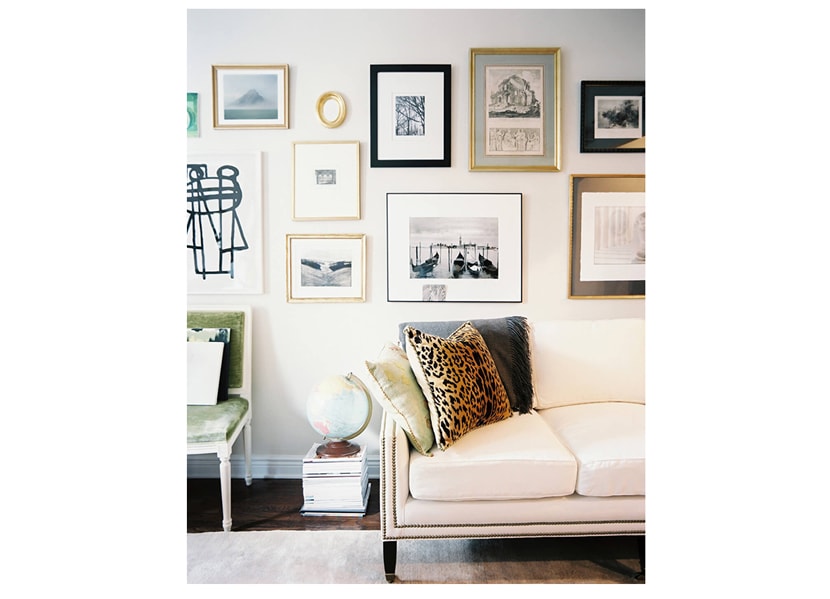

As a general rule, hang the artwork so that the centre point of the piece or grouping is at approximately eye level – think of groupings as a single unit. For example, you may want to consider hanging art slightly lower in a dining room, since you are sitting down when you’re looking at it.
Pro Tip: Art hung over a piece of furniture should not be wider than the furniture, a general principle being that the art should be about 75% the width of the furniture.

This is a great solution when you have a group of prints that aren’t necessarily the same but share at least one similar element, such as subject matter or colour scheme. You can asymmetrically arrange the pieces so that they still achieve a nice ‘organic’ balance.
If you have two larger pieces, try staggering them by hanging one lower than the other, so that top and bottom are mismatched. Grouping larger and smaller pieces help to create interest and energy. The same is true for vertical and horizontal pieces in the same grouping.
Pro Tip: Start by hanging the largest piece first.
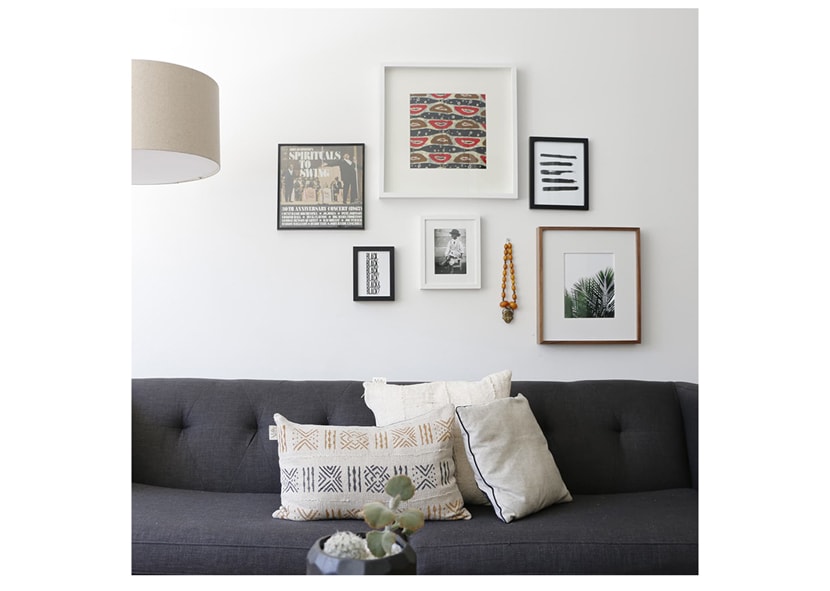

Perfect for a hallway or sofa wall, hanging art horizontally allows you to achieve some volume without appearing crowded. For this scenario, an odd number of pieces is more attractive to the eye and is visually balanced.
Pro Tip: Use your hand, fingers closed, to determine the spacing
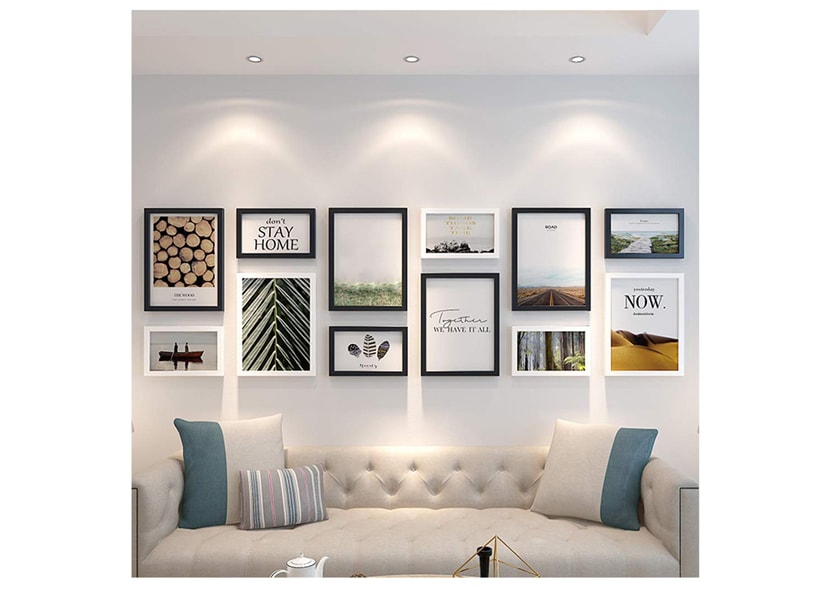

Great for pieces that are similar in size, shape, and subject matter, this method allows you to create a grouping that has visual balance and is perfect over large furniture collections or fireplace mantels.
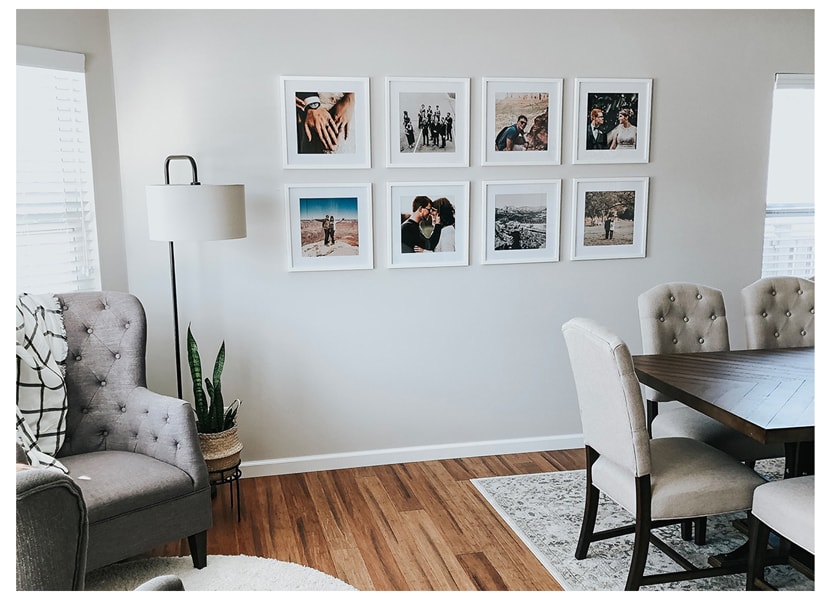

When you are grouping four or more pieces, one above the other, you should consider a vertical line, meaning that the art should be visually balanced on both sides of an imaginary vertical line. Too much ‘weight’ on one side or the other will make the group seem awkward and unbalanced.
Pro Tip: Make sure the art is similar either in colour scheme, frame style, or subject matter.
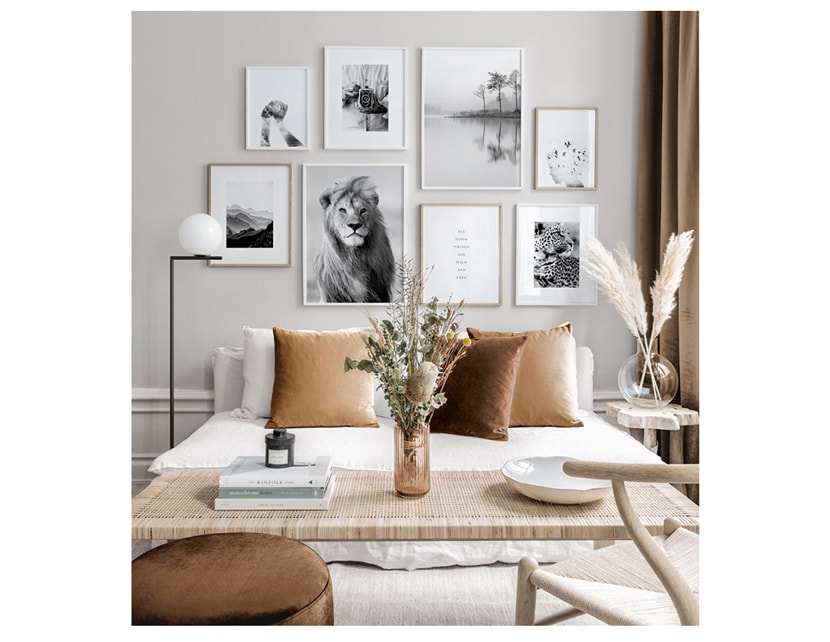
Wood is the ideal surface for hanging almost anything. Hanging hardware, in this case, is most often a supply of wood screws. With their pointed ends and sharp grooves, wood screws are easy to install with just a screwdriver.
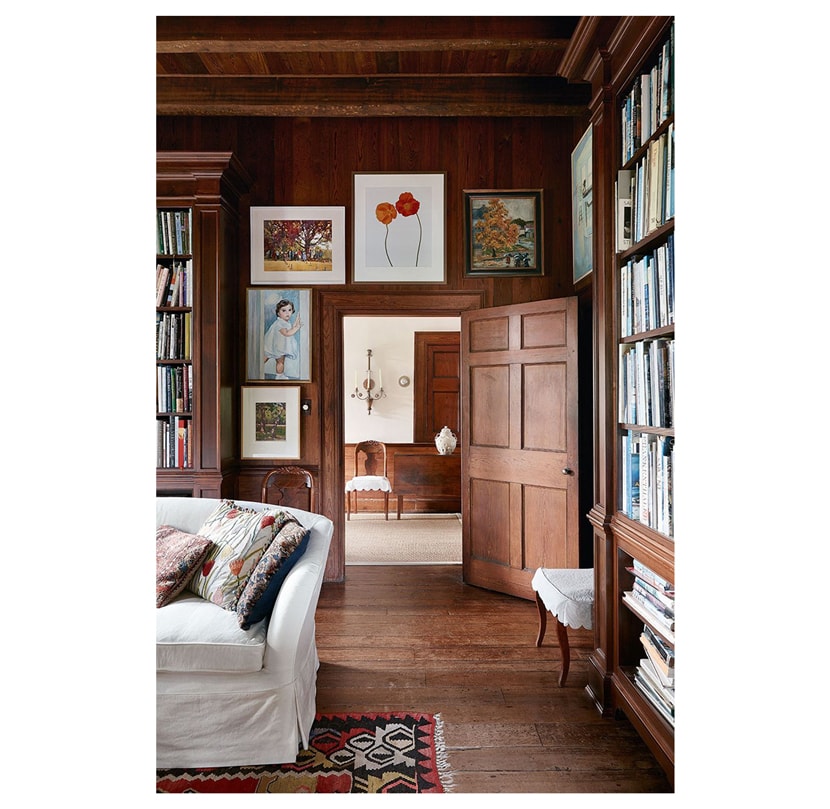
![]()
For surfaces other than wood, an ordinary nail or screw is usually inadequate. Most walls are actually hollow, with relatively soft plaster or drywall covering their sturdy lumber framework. The boards, or studs, behind such a wall provide adequate support for any object that is hung on the wall, but they can be difficult to locate and may not be spaced where you want them.
Pro Tip: A picture hanger, specially designed for hollow walls, readily solve the problem of surfaces too weak to hold a nail or screw.
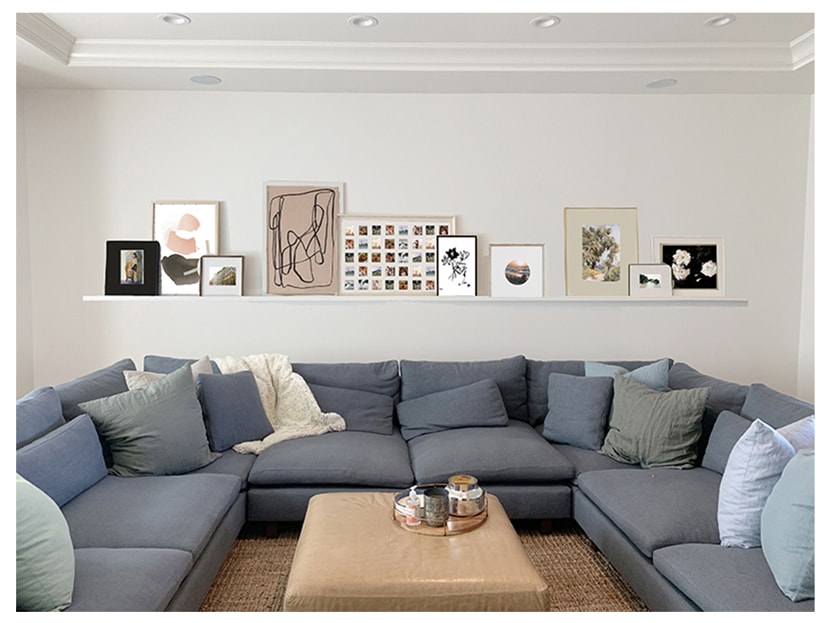
![]()
For concrete or brick walls, use lead wall plugs. You’ll need a power drill with a carbide-tipped bit to create a hole for the plug. Tap the plug into place and insert the screw.
Pro Tip: Hardware dealers can recommend the correct screw and bit sizes.
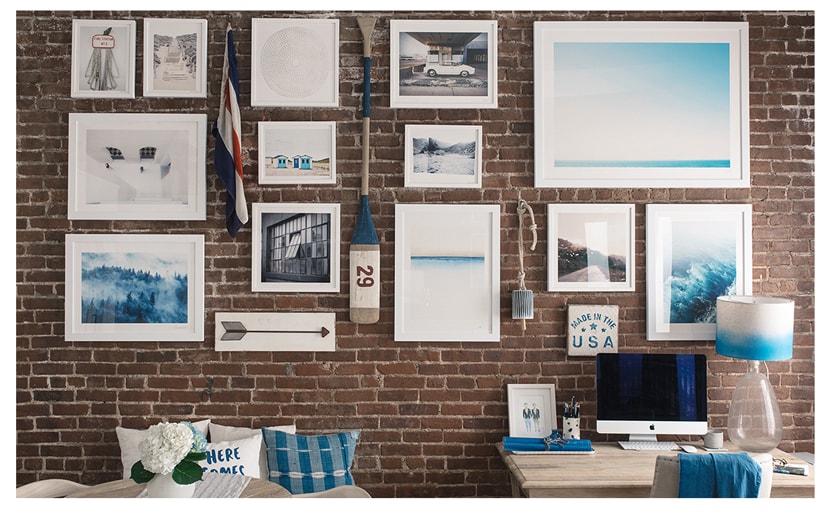

The right wall art sets the tone for your space by keeping it inviting, communicating what type of family you are, and defining different rooms. Whether you are focused on colour, size, a theme, or even an inspiration piece, choosing your wall art does not have to be difficult.
You deserve a home that is comfortable but also suits your sense of style. Have fun selecting your wall art. A cohesive home full of aesthetically pleasing artwork is your future.



